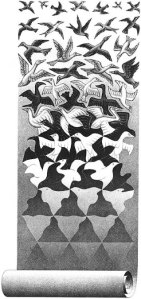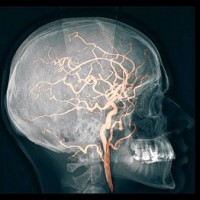Negentropy is the opposite of entropy. It refers to an increase in order, complexity, and usefulness, while entropy refers to the decay of order or the tendency for a system to become random and useless.
The universe as a whole tends toward total entropy, or heat death. This does not mean that ALL parts of the universe are becoming less ordered. There can be isolated parts of the universe that are actually increasing in order; becoming more organized and workable. The best example of this is our home: planet Earth.
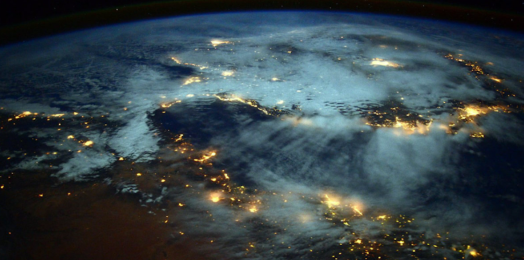
A miracle of 7,000,000,000,000,000,000,000,000,000 atoms
I was walking from my bedroom to my bathroom this morning, pondering the miracle of my body purposefully moving itself from one place in the universe to another. Consider the atoms that make up my body; they are assembled in just the right way to construct a human capable of locomotion. It is a miracle. Of course, the atoms themselves are not the driving force of this capability. The driving force is a collaboration of emergent systems (molecules, tissues, electrochemical activity, signals between organs, and of course, a brain – which evolved in the context of a complex planet, with other brains in societies, and with an ever-complexifying backdrop of shared information.
It’s a curious thing: planet Earth – with its vast oceans, atmosphere, ecosystems and organisms – is determined to go against the overall tendency in the universe to decay towards the inevitable doom of heat death.

While walking the seven billion billion billion atoms of my body to the bathroom, I considered how far the negentropic urge of our planet could possibly push itself, in a universe that generally tries to ruin the party; a universe that will ultimately win in the end. The seven billion billion billion atoms currently in my body will eventually be strewn throughout a dead universe. At that point there will be nothing that can re-assemble them into anything useful.
How not to ruin a party
The party is not over; there is ample reason to believe that Earth is not done yet. Earth generated a biosphere – the only spherical ecosystem we know of – which produced animals and humans, and most recently – post-biological systems (technology and AI). I would not dismiss entirely the notion that Earth really wants us to invent AI, and to allow it to take over – because our AI could ultimately help Earth stay healthy, and continue its negentropic party. We humans (in our old, biological manifestation) are not capable of taking care of our own planet. We are only capable of exploiting its resources – left to our own primitive survival devices. It is only through our post-human systems that we will be able to give Earth the leverage it needs to continue its negentropic quest.
This is another way of saying that the solutions to climate change and mass extinction will require massive social movements, corporate and governmental leadership, global-scale technologies, and other trans-human-scale systems that far exceed the mental capacities of a single human brain. It is possible that the ultimate victory of AI will be to save ourselves from an angry Mother on the verge of committing infanticide.
In the meanwhile, Earth may decide that it needs to get rid of the majority of the human population; just another reason to reconsider the urge to make babies.
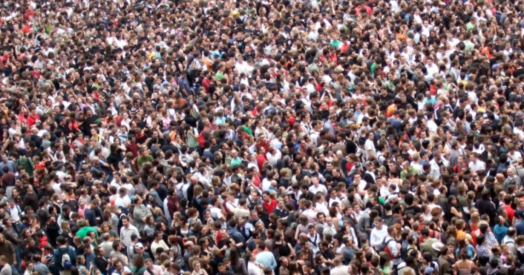
But just how far can Earth’s negentropic party extend? As Earth’s most potent agents of negentropy, we humans are preparing to tap the moon, asteroids, and other planets for resources. Will we eventually be able to develop energy shields to deflect renegade asteroids? Will our robots continue to colonize the solar system? How far will Earth’s panspermia extend?
There are plenty of science fiction stories and hypothetical explorations that offer exciting and illuminating possible answers to these questions; I will not attempt to venture beyond my level of knowledge in this area. All I will say is…I think there are two possible futures for us humans:
(1) Earth will decide it has had enough of climate change, and smack us down with rising oceans and chaotic storms, causing disease, mass migrations, and war, resulting in our ultimate demise (Earth will be fine after a brief recovery period).
(2) We will evolve a new layer of the biosphere – built of technology and AI – and this will regulate our destructive instincts, thus allowing Earth to stay healthy and to keep complexifying. It will allow Earth to reconsider what it currently sees as a cancer on its skin – and to see us as agents of health.
In the case of future (2), we will lose some of our autonomy – but it just might be a comfortable existence in the long run – because Earth will be better off – and it will want to keep us around. Eventually, the panspermic negentropic party will not be our own – we will be just one of the intermediate layers of emergence emanating from the planet. We will become mere organs of an extended post-Earth ecosystem that continues to defy the general entropy of the universe…at least for a few billion more years.

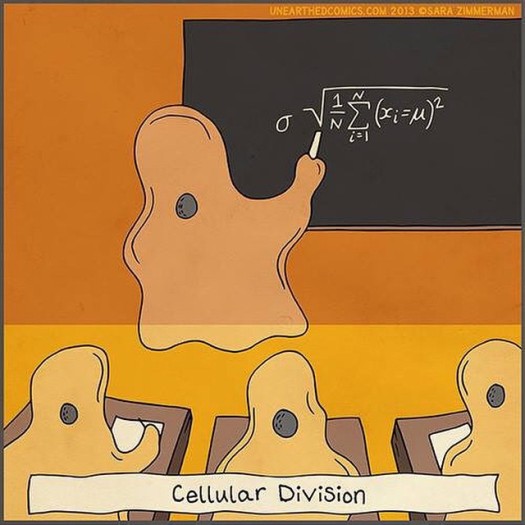
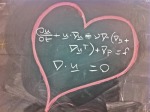

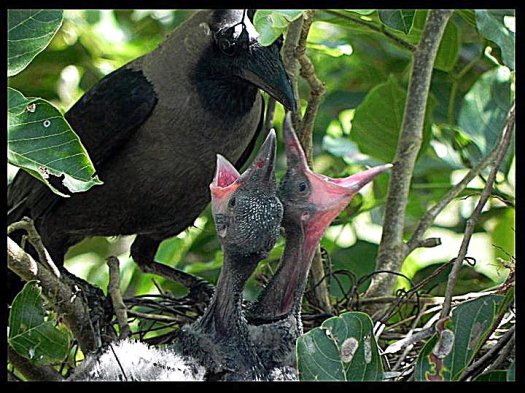
 For that matter, it is unlikely that an intelligent entity that can count could ever evolve on such a planet in the first place, because structure and differentiation at some physical level are required for living things to bootstrap themselves into existence.
For that matter, it is unlikely that an intelligent entity that can count could ever evolve on such a planet in the first place, because structure and differentiation at some physical level are required for living things to bootstrap themselves into existence.

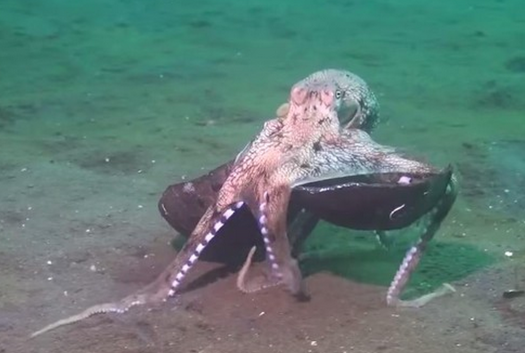
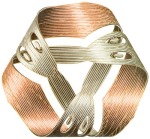 Now consider aliens from a completely different kind of planet than Earth. What kind of math would originate in that world? Many people would argue that math is math and it doesn’t matter who or what discovers or articulates it. And there may be some truth to this. But we can only hope and imagine that this is the case.
Now consider aliens from a completely different kind of planet than Earth. What kind of math would originate in that world? Many people would argue that math is math and it doesn’t matter who or what discovers or articulates it. And there may be some truth to this. But we can only hope and imagine that this is the case.
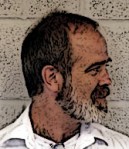 “There is the dead, pointless, uncaring world and its rules, and the living, striving, feeling world and its rules, and the two seem to be working in quite contradictory ways. Because the spontaneous order generation that is so characteristic of life and mind runs counter to this otherwise exceptionless current of nature, it demands that we take seriously the possibility that our usual forms of explanation might be inadequate. When unrealized future possibilities appear to be the organizers of antecedent processes that tend to bring them into existence, it forces us to look more deeply into the ways we conceive of causality and worry that we might be missing something important.”
“There is the dead, pointless, uncaring world and its rules, and the living, striving, feeling world and its rules, and the two seem to be working in quite contradictory ways. Because the spontaneous order generation that is so characteristic of life and mind runs counter to this otherwise exceptionless current of nature, it demands that we take seriously the possibility that our usual forms of explanation might be inadequate. When unrealized future possibilities appear to be the organizers of antecedent processes that tend to bring them into existence, it forces us to look more deeply into the ways we conceive of causality and worry that we might be missing something important.”
